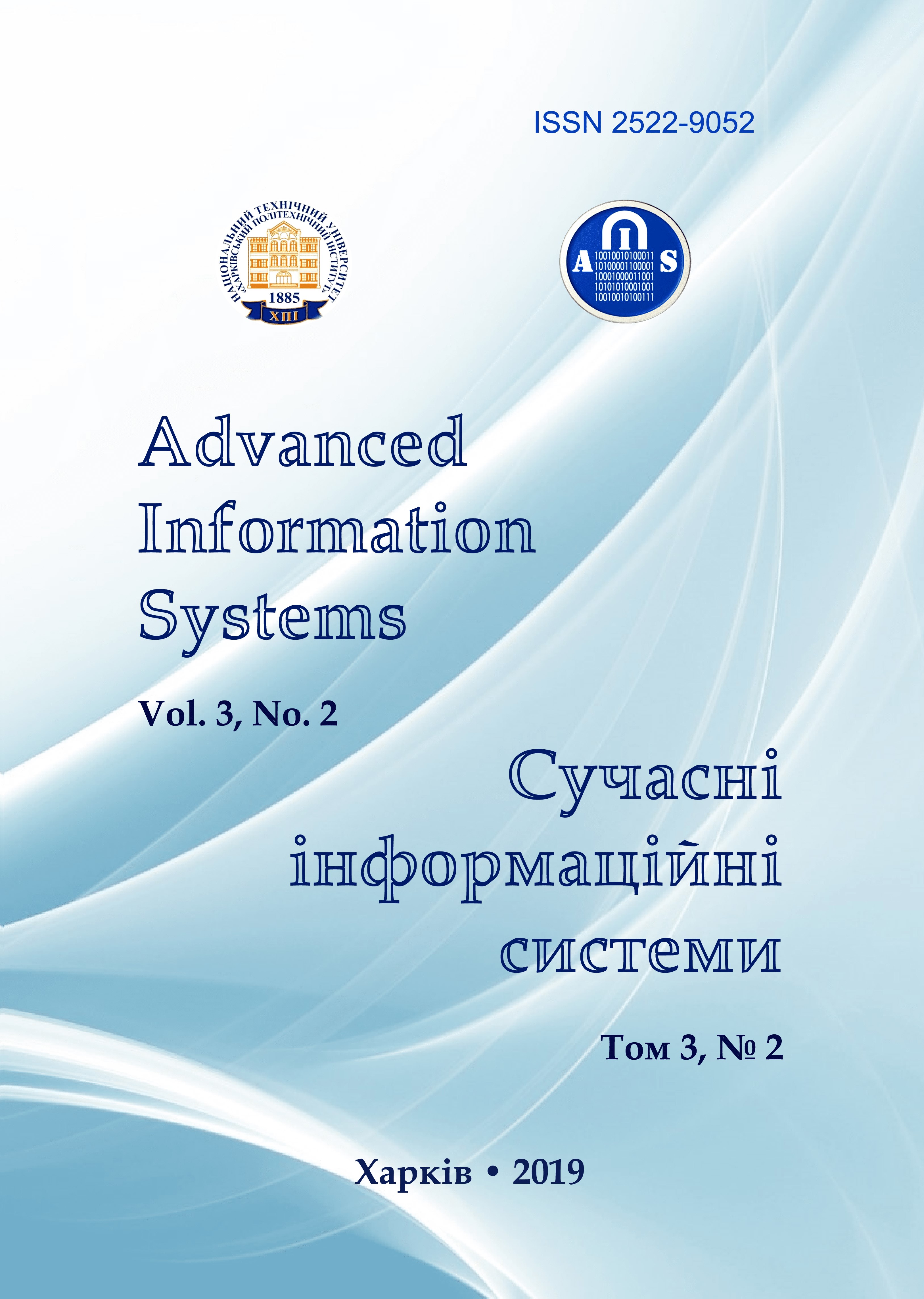FOUNDATION THE WAYS OF RADIO ELECTRONIC WARFARE DEVICES DEVELOPMENT
Main Article Content
Abstract
Article Details
References
Makarenko, S.I. (2017), Informational confrontation and electronic warfare in network centric wars of the XXI century, Monograph, High Technologies, Saint Petersburg, 546 р.
Bogdanovich, V.Yu., Svida, I.Yu. and Syrotenko, A.M. (2018), “The concept of the integrated use of military and non-military forces and means to ensure a sufficient level of military security of the state ”, Science and Technology of the Air Forces of the Armed Forces of Ukraine, No. 2(31), pp. 16–29, DOI: https://doi.org/10.30748/nitps.2018.31.02.
Radiyevskiy, A.G. and Sirota, A.A. (2004), Theoretical foundations of electronic intelligence, Nauka, Moscow, 329 p.
Shyshatskiy, A.V., Bashkirov, O.M. and Kostina, O.M. (2015), “Development of integrated systems and data for Armed Forces”, Arms and military equipment, No 1(5), pp. 35-40.
Hatsenko, S.S. (2017), “Methodology for assessing the operational situation in automated control systems of troops under uncertainty”, Science and Technology of the Air Forces of the Armed Forces of Ukraine, No. 1(26), pp. 101–105, DOI: https://doi.org/10.30748/nitps.2017.26.21.
Zhuk, O.G., Shyshatskiy, A.V., Zhuk, P.V. and Zhyvotovskyi, R.M. (2017), “Methodological substances of management of the radio-resource managing systems of military radio communication”, Information Processing Systems, Vol. 5(151), pp. 16–25, DOI: https://doi.org/10.30748/soi.2017.151.02.
Len'shin, A.V. (2014), Airborne systems and radio-electronic suppression complexes, Scientific book, Voronezh, 590 p.
Pоpоv, А.О. and Tverdokhlibov, V.V. (2014), “General tendencies of development of means of electronic warfare”, Arms and military equipment, No. 4 (4), pp. 4–10.
Porkodi, V., Sivaram, M., Mohammed, A.S. and Manikandan, V. (2018), “Survey on White-Box Attacks and Solutions”, Asian Journal of Computer Science and Technology, Vol. 7, Issue 3, pp. 28–32.
Kuchuk, G.A., Kovalenko, A.A. and Mozhaev A.A. (2010), “An Approach To Development Of Complex Metric For Multiservice Network Security Assessment”, Statistical Methods Of Signal and Data Processing (SMSDP – 2010), Proc. Int. Conf., October 13-14, 2010, NAU, RED, IEEE Ukraine section joint SP, Kiev, pp. 158–160.
Manikandan, V, Porkodi, V, Mohammed, A.S. and Sivaram M. (2018), “Privacy Preserving Data Mining Using Threshold Based Fuzzy cmeans Clustering”, ICTACT Journal on Soft Computing, Vol. 9, Issue 1, pp. 1813-1816. DOI: https://doi.org/10.21917/ijsc.2018.0252
Ruban, I., Kuchuk, H. and Kovalenko, A. (2017), “Redistribution of base stations load in mobile communication networks”, Innovative technologies and scientific solutions for industries, No 1 (1), pp. 75–81, DOI :
https://doi.org/10.30837/2522-9818.2017.1.075.
Serhiienko, V.D., Popov, A.O., Zibin, S.D., Bychkov, A.N., Pidhorodetskyi, M.M. (2017), “Analysis of the state of the art of multifunctional electronic warfare means and complexes”, Modern Information Technologies In the sphere of security and defence, No.1(28), pp. 135–143.
Kuchuk, G., Nechausov, S., Kharchenko, V. (2015), “Two-stage optimization of resource allocation for hybrid cloud data store”, International Conference on Information and Digital Technologies, pp. 266-271, DOI :
http://dx.doi.org/10.1109/DT.2015.7222982
Romanenko, I. and Shyshatskyi, A. (2017), “Analysis of modern condition of military radiocommunication system”, Advanced Information Systems, Vol. 1, No. 1, pp. 28–33, DOI: https://doi.org/10.20998/2522-9052.2017.1.05.
